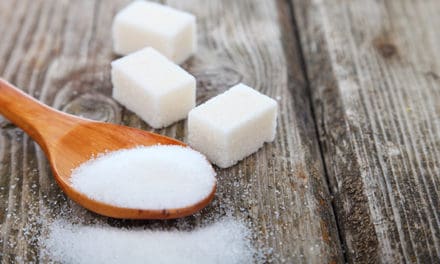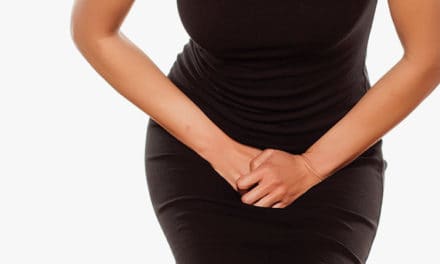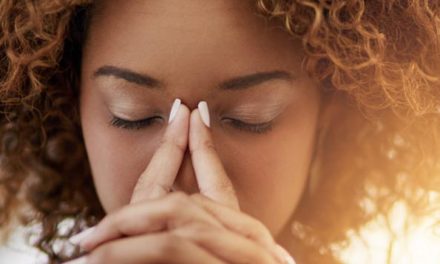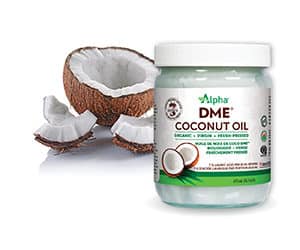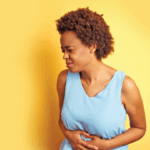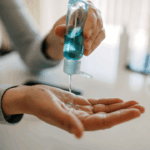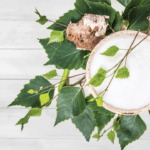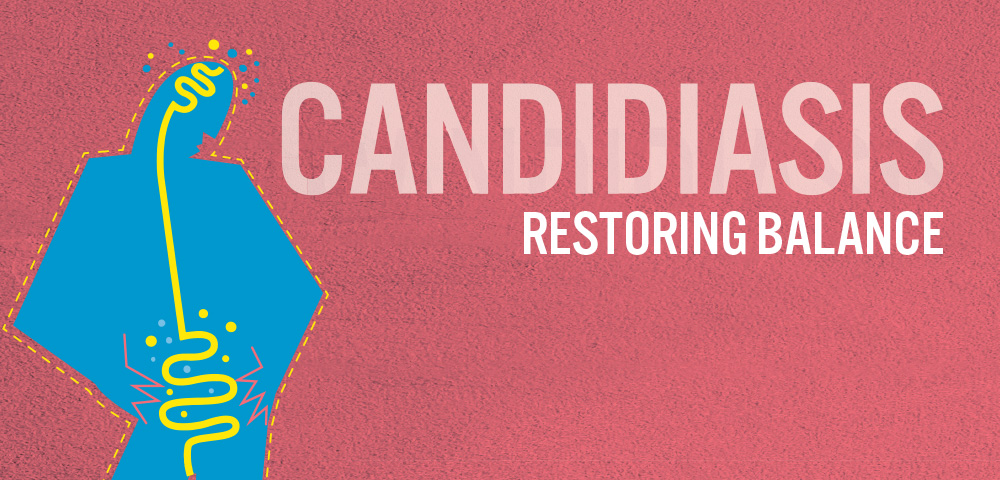
Hippocrates first recognized the importance of gut health and disease, and over the years, a small group of physicians and scientists have held this belief. Recently, this innate wisdom of the past is now the main area of interest in clinical research.
The gut is host to an immense population of microorganisms, including bacteria, viruses, and fungi. When healthy, these little critters comprising the microbiome are vital to maintaining immune function, preserving the gut lining integrity, controlling pathogenic bacteria, preventing allergic reactions, and keeping our brains healthy as well as preventing neurological disorders.
Once established, microbial communities are relatively resistant to change. However, factors such as stress, inflammation, diets high in refined sugars, chronic constipation, and overuse of antibiotics can cause modifications to the microbial balance, commonly referred to as dysbiosis.
Candidiasis is a fungal dysbiosis widely caused by the yeast Candida albicans.
Candida lives on the skin, mouth, throat, gut, and vagina without causing any problems. Candidiasis, however, can cause many different symptoms, depending on the site of infection including: bladder infections, thrush, skin rash, vaginal yeast infection, disorders of the immune and endocrine systems, mood swings, depression, fatigue, gas and bloating, constipation/diarrhea, bad breath, difficulty concentrating, nasal congestion, and an overall sense of feeling unwell. Most people today have some degree of candida overgrowth. In my clinical practice years ago, I would recommend a modified candida cleanse for my patients because I found that many of their health concerns would immediately improve.
The primary goal of a candida cleanse is to restore the microbiome’s balance by reducing foods which encourage the growth of harmful microorganisms, then using antimicrobial supplements to kill off the harmful bacteria, and then restoring beneficial microflora with probiotics.
Candidiasis treatment options
Garlic has been used as an antimicrobial agent for thousands of years, and provides antifungal effects.
Curcumin, the yellow pigment isolated from the turmeric, has antifungal activities against various kinds of fungi such as candida species.
Other effective antimicrobial agents include grapefruit seed extract, oregano oil, and olive leaf extract.
Peppermint oil has been used for centuries as a remedy for nausea, indigestion, abdominal bloating, and can help with many of the unpleasant gastrointestinal symptoms caused by candidiasis.
Probiotics such as lactobacilli and bifidobacteria in the intestines inhibit the growth of unfriendly organisms by producing antimicrobial factors. These bacteria are found in foods such as yogurt, miso, kefir, sauerkraut, and fermented juices.
These foods, as well as probiotic supplements will provide greater colonization of the friendly bacteria. Daily use of probiotics is suggested while following the dysbiosis cleansing protocols, and regular use thereafter. If you eat foods that are high in friendly bacteria, then you do not need to take a daily supplement, though you may wish to use one at least two days per week to maintain adequate levels of the friendly microbes.
One of the first doctors investigating the many different health problems caused by candida was Dr. William Crook. In 1982, he introduced the concept of candida, revealing a much wider range of health problems than was recognized by the medical establishment. He knew this theory would be slow to gain acceptance, if ever. Despite the criticism and occasional ridicule, his research and positive public response led him to write the book The Yeast Connection that has become a classic for people suffering from candida-related problems. Today, candidiasis, such as thrust, vaginal yeast infection, or diaper rash, is still very seldom acknowledged in western medicine. And yet, over my 30 years in clinical practice, I found that the modified candida cleanse helped my patients achieve excellent health and overall well-being both physically and emotionally. For more information and tips for assessment and treatment for dysbiosis, please refer to my book, Three Brains: How the Heart, Brain, and Gut Influence Mental Health and Identity, which is available in some health stores or on amazon.ca.
SUGGESTIONS FOR A MODIFIED DIET
FOODS TO AVOID:
- Sugars of all types and foods that contain refined or simple sugars
- Yeasted bread, pastries, and other baked goods (alternatives include corn tortillas and burritos, unyeasted crackers or rice cakes, sprouted breads, and yeast-free and sugar-free breads)
FOODS TO BE EATEN CAUTIOUSLY:
- Fruits (no more than two daily)
- Cereals and other whole grain products (ensure they are yeast free and sugar free)
- High-carbohydrate vegetables (e.g., squash, potatoes, carrots, and beets)
- Cheese (small amounts, 2–3 times per week)
- Alcoholic beverages in moderation – avoid beers (yeasted)
FOODS THAT CAN BE EATEN FREELY:
- Fresh, unprocessed meats, poultry, and fish
- Eggs
- Raw nuts (except peanuts and cashews) and seeds
- Flaxseed and olive oil
- Green leafy vegetables
- Butter and yogurt
This modified candida diet is recommended for about six weeks, and most people are able to follow it much more easily than severe restrictions for shorter periods.


